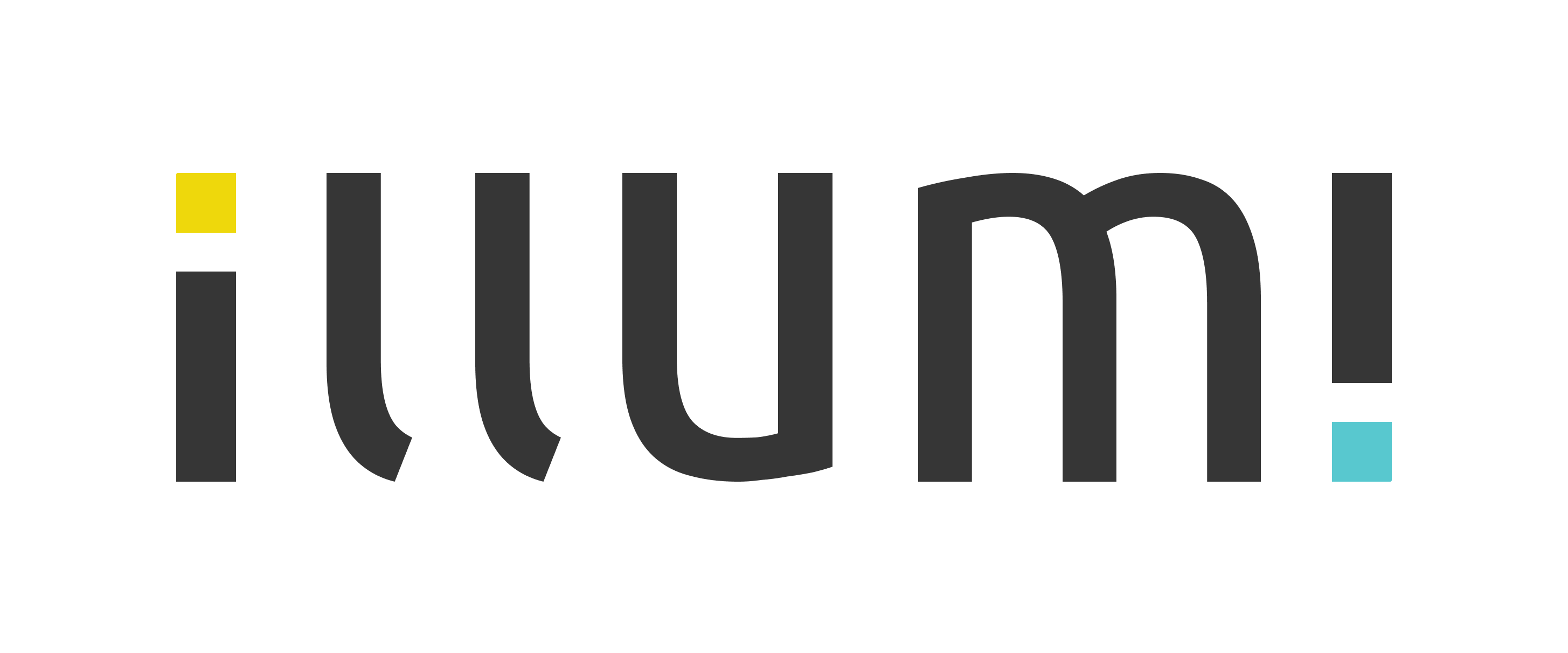當疫情把遠端工作推向主舞台時,我們很快就發現一件事:
工具,決定團隊協作的效度和細緻度。
那段時間,Miro 和各種數位白板成了新的會議室、新的便利貼牆,也是團隊的新大腦。但回過頭看,那個「數位白板時代」,其實只是序章。
今天,工作的方式再次改變。
團隊不只是在和同事協作,而是開始和 AI 並肩。
ChatGPT 協助寫提案、Gemini 做研究總結、Claude 幫忙除錯。
AI 已經融入我們的工作流程,但我們卻還沒找到真正的協作方式。
現況有點像這樣:
發想在 Miro,寫稿在 Docs,找靈感在 ChatGPT,整理知識在 Notion。工具各司其職,但整體流程支離破碎。
而這種破碎讓我們不得不問自己:
如果 AI 已經是工作夥伴,那我們希望它永遠只是個工具,還是能成為真正的隊友?

工具也跟著工作方式一起進化
回頭看每一個階段的工具,都反映了團隊的運作方式:
2020 年以前:辦公室時代的實體工具
白板、便利貼、會議桌上你來我往的激盪。
2020–2023:雲端協作爆炸式成長
Miro、Figma、Notion 讓我們能遠端、也能非同步。
現在:AI 重新定義工具角色
工具開始不只是輔助,而是能參與內容本身。
問題在於,大部分平台一開始根本不是為這種工作模式而設計的。
它們建構在「人與人」的邏輯上,不懂你的專案脈絡。於是即使 AI 越來越強大,它仍然被放在工作空間外頭,像個等你呼喚的助手,而不是能一起思考的夥伴。
這就是為什麼新一代工具開始出現。
它們不是在舊框架上貼一層 AI,而是從底層就以「人與 AI 共創」為核心。
這也正是 AI 強化(AI-Enhanced) 和 AI 原生(AI-Native) 的根本差別。
為什麼團隊需要 AI 原生的平台
現在大多數的工具,都只是「加上 AI 的舊系統」。
自動摘要、助理功能、寫稿模板,確實方便。但 AI 對你的工作空間一無所知。
它看不懂你的想法怎麼長出來,也不曉得卡片之間的連結,更沒有能力在流程之間保留上下文。
結果就是:
個人變快了,團隊沒有更一致。
協作仍然發生,但知識不斷散落。
真正的下一代協作,不是把 AI 加進工具,而是從架構上讓 AI 能參與整個空間。
什麼是 AI 原生的工作方式
你一定熟悉這種流程:
Miro發想、ChatGPT優化、Docs 寫稿、Notion 做記錄。
每換一個工具,脈絡就斷一次。
illumi 的設計理念就是反過來:
AI 就在工作空間裡,它懂所有內容,也能讓內容相互支援。
每個筆記、每份文件、每條連結,AI 都能理解、整理、延伸,甚至能自己提出洞察。
我們的一位早期企業客戶——一家顧問公司——已經這樣使用 illumi:
把複雜的商業模型拆成視覺化卡片,由 AI 即時整理與分析;在寫作時,AI 會拉出團隊既有知識,協助延伸觀點、整合洞見。
隨著團隊創作內容,工作空間也會累積脈絡與知識。
工具懂你的進度,也懂你的觀點。
差別不只是在更快,而是不會再斷線。
當 AI 成為真正的隊友,知識不再消散,而是開始「複利」。
協作,還是共創?
協作工具很多,但真正能做到「共創」的並不多。
共創不是你做你的、我做我的,而是:
人與 AI 在同一個空間裡,一起建立脈絡、一起延伸想法、一起累積知識。
零散的想法會被串聯、沉澱,最終形成團隊的集體智慧。
未來的團隊合作,不是「把 AI 加入協作工具」,而是重新定義協作本身。
👉 歡迎親自體驗 — [try illumi free] or watch the demo.





